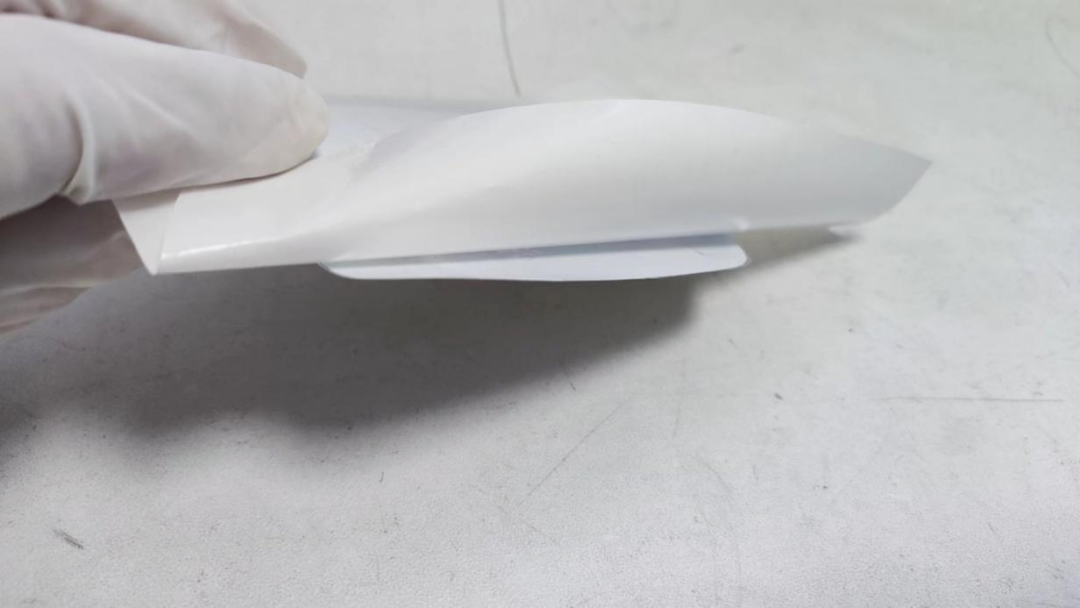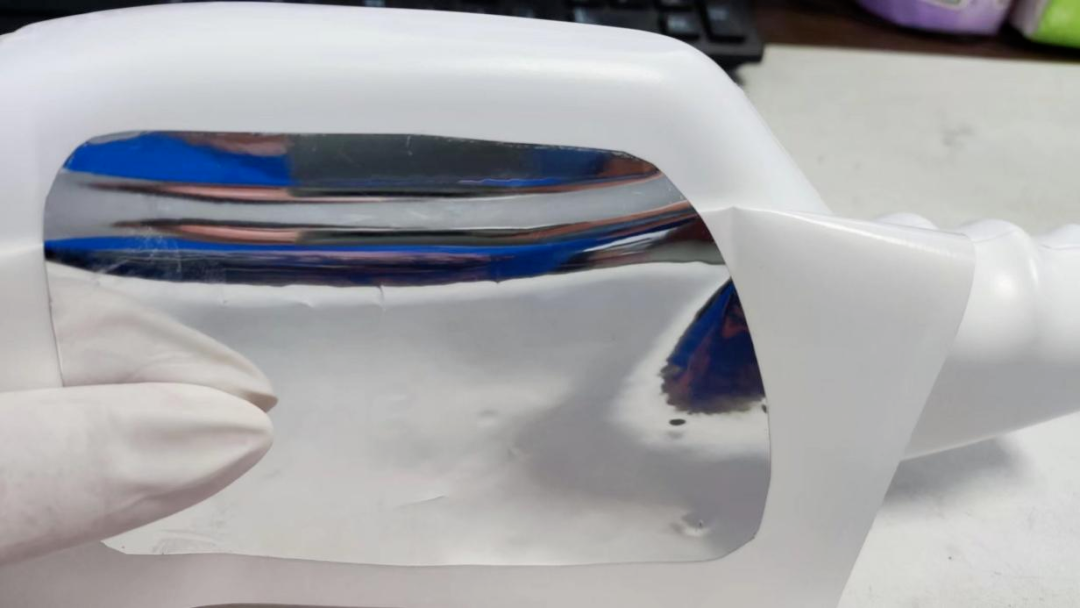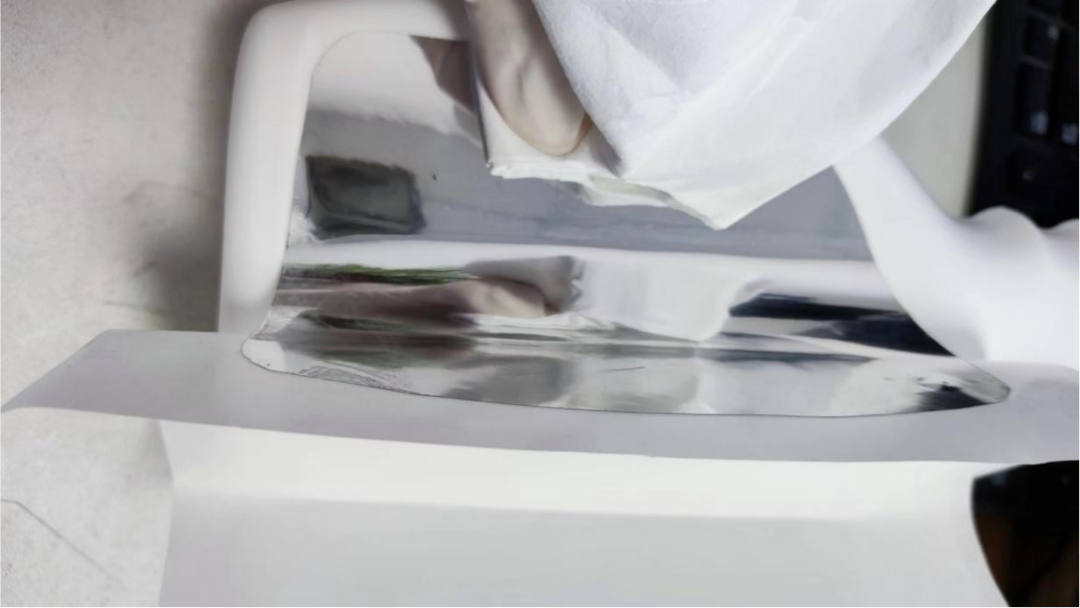- Enterprise dynamic
- Industry news
Enterprise dynamic
Improper manual labeling and frequent problems? Remember these eight points and easily resolve them!
Improper manual labeling and frequent problems? Remember these eight points and easily resolve them!
There are usually various methods for labeling self-adhesive labels, such as automatic labeling, semi-automatic labeling, and manual labeling. Among them, automatic labeling and semi-automatic labeling are usually completed by machines, with stable force and smooth labeling, avoiding uncertainty factors caused by human operation. However, some products are limited by factors such as bottle shape, and some products also use manual labeling. In actual production, due to improper manual labeling, many labeling problems may arise, which brings many troubles to enterprises.
During the labeling process, it is important to pay attention to the following points:
(1) Avoid direct contact with the adhesive surface with your hands, as sweat and grease on your hands can transfer to the adhesive surface. When there are stains on the adhesive surface, the glue and bottle body cannot fully fit, and there is a risk of warping at the contaminated location.
(2) Gradually flatten the label with a certain amount of pressure to drive away the bubbles and avoid residual bubbles.
(3) The edges and corners of the label should be carefully smoothed, as the edges and corners of the label are inherently uneven. Using force to flatten them is to prevent the risk of edge warping.
(4) Pay attention to the cleanliness of the surface of the bottle. If there are small molecule substances on the surface of the bottle, it is necessary to use gauze dipped in 95% alcohol to clean the surface of the bottle. It should be noted that after cleaning, it needs to be left for about 10 minutes to allow the alcohol moisture on the surface of the bottle to completely evaporate, in order to avoid alcohol residue damaging the adhesive.
(5) The environmental temperature and humidity at the labeling site can also have an impact on the final labeling effect. Therefore, it is necessary to choose to label within the temperature range guided by the technical parameters of the adhesive.
(6) The labeled bottle should be placed in an environment with a room temperature of 20 ℃~25 ℃ and a relative humidity of 45%~55%. After 48 hours, observe the labeling situation.
(7) The processing technology of labels varies, and the probability of problems also varies. The thickness of a self-adhesive label using a laminating process will increase compared to using a polishing process. If different laminating materials such as PP have lower stiffness than PET, the higher the stiffness of the label, the higher the risk of edge warping.
(8) Manual labeling should also consider whether to label after filling or label after filling, as the temperature of the filling liquid will also affect the final effect of labeling.
Finally, let's give a demonstration for manual labeling:
Launch label
Pull the bottom paper of the label backwards and push out the label.
 Fit label
Fit label
Fit the pushed label on one side to the bottle body.
 Smooth label
Smooth label
While fitting the label, use cotton gloves or gauze to forcefully flatten the label, ensuring that the bottle is not flattened and the label does not have a bell mouth.
 Peel off all the backing paper
Peel off all the backing paper
Until the bottom paper is completely peeled off, flatten the label as a whole again, paying special attention to whether some edges and corners of the label are flattened, and making sure to press it flat.






